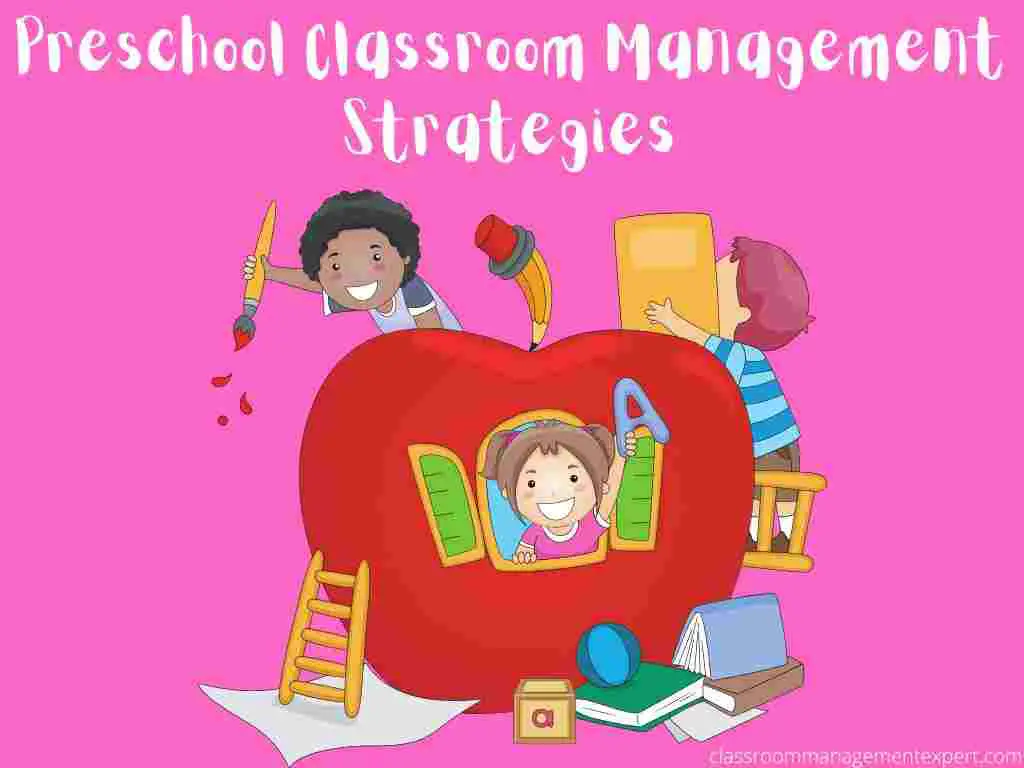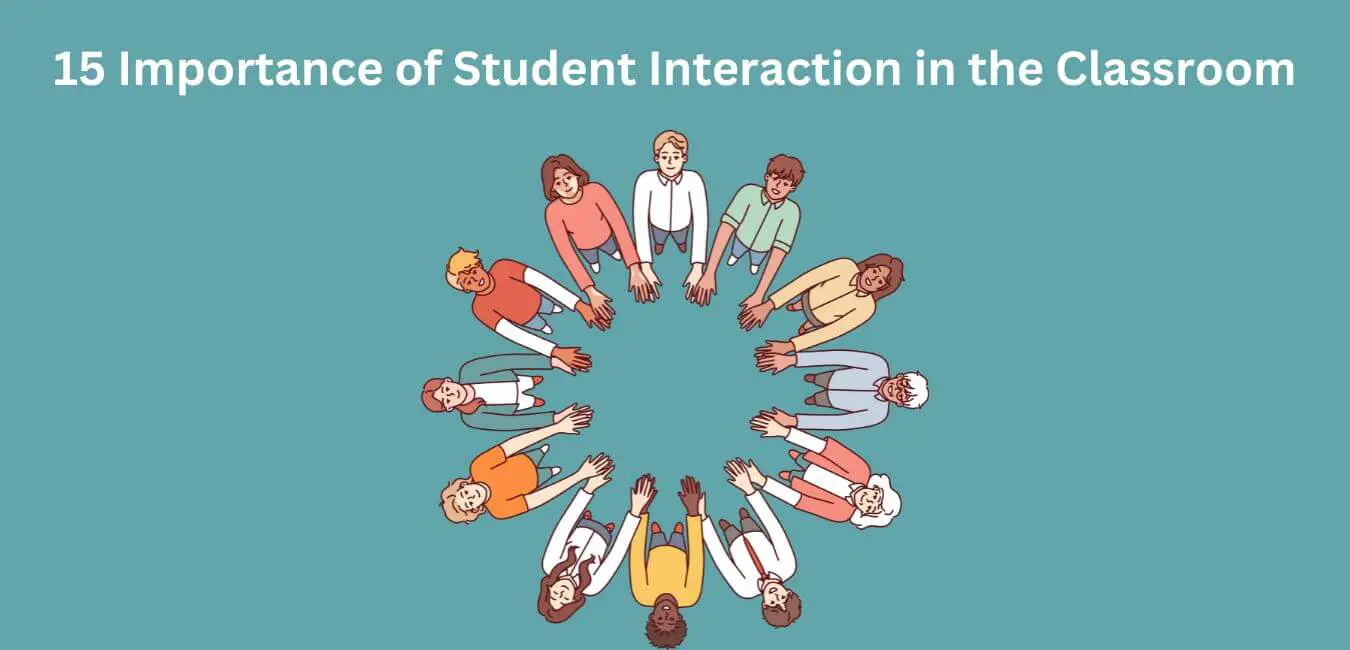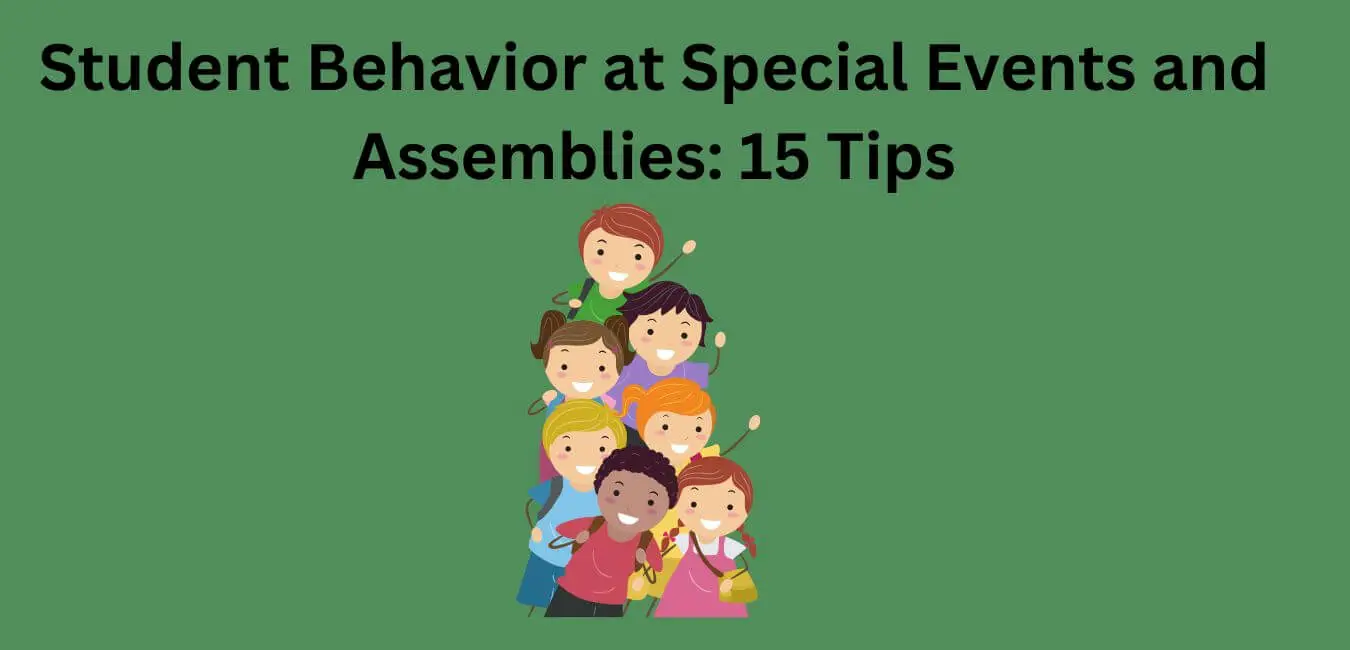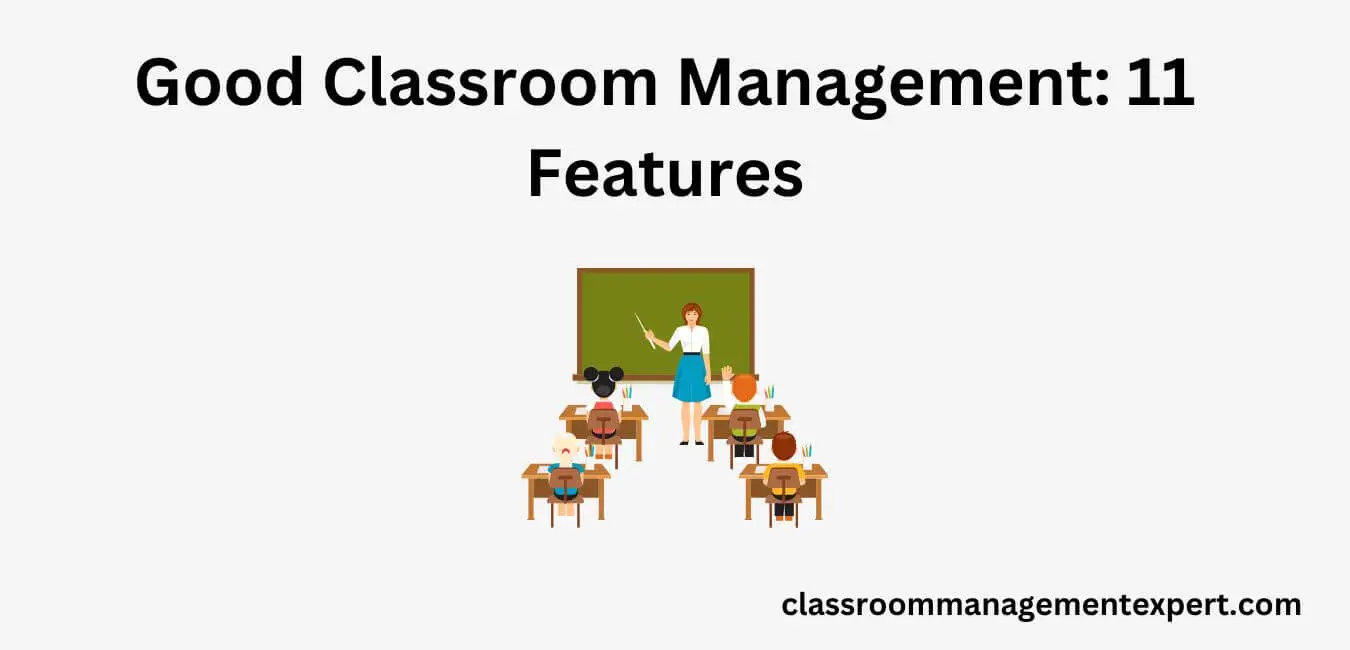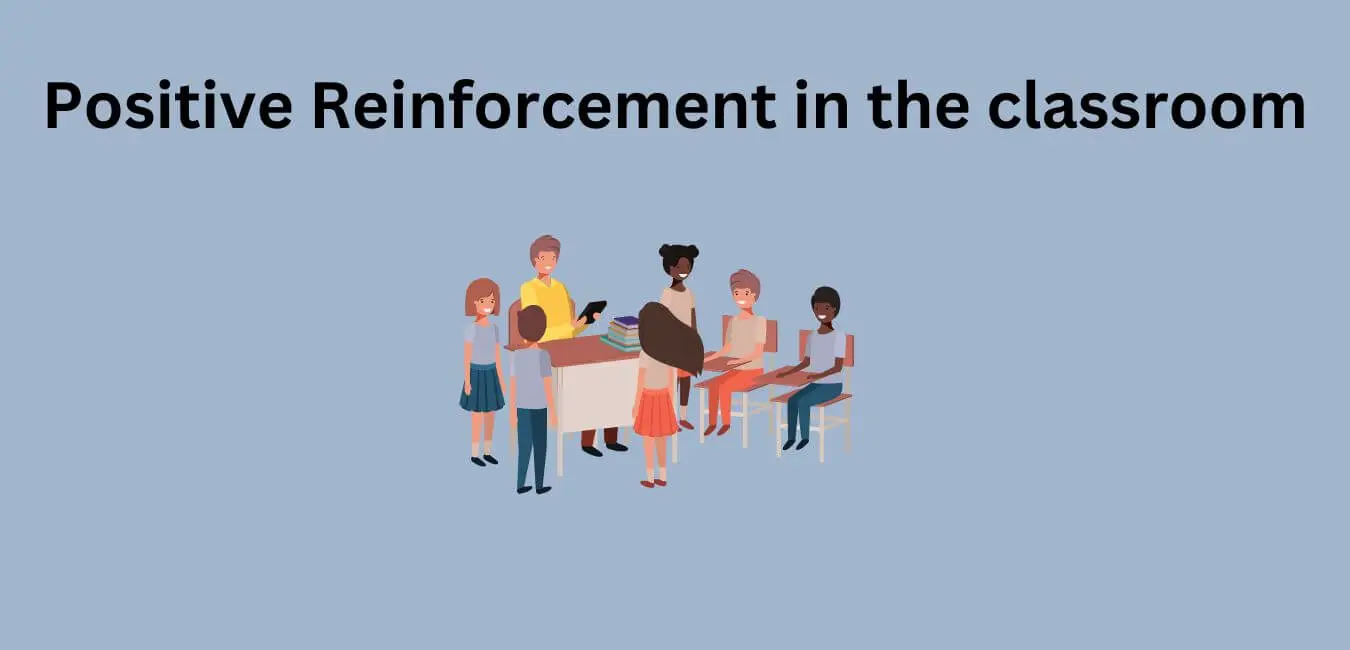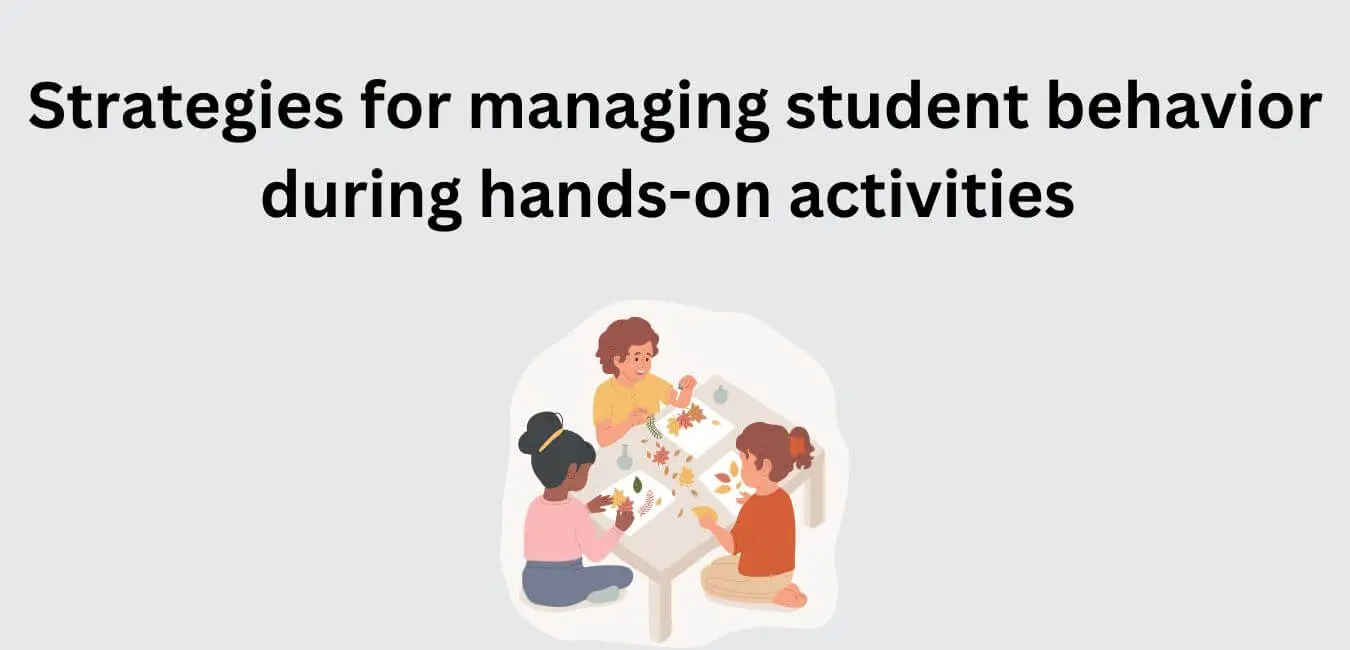Preschool Classroom Management Strategies
Preschool classroom management is a crucial aspect of early childhood education that plays a significant role in shaping young minds. With the aim of creating a positive and engaging learning environment, teachers need to employ effective strategies to manage their classrooms effectively. From setting clear expectations to implementing consistent routines, these strategies not only promote…

